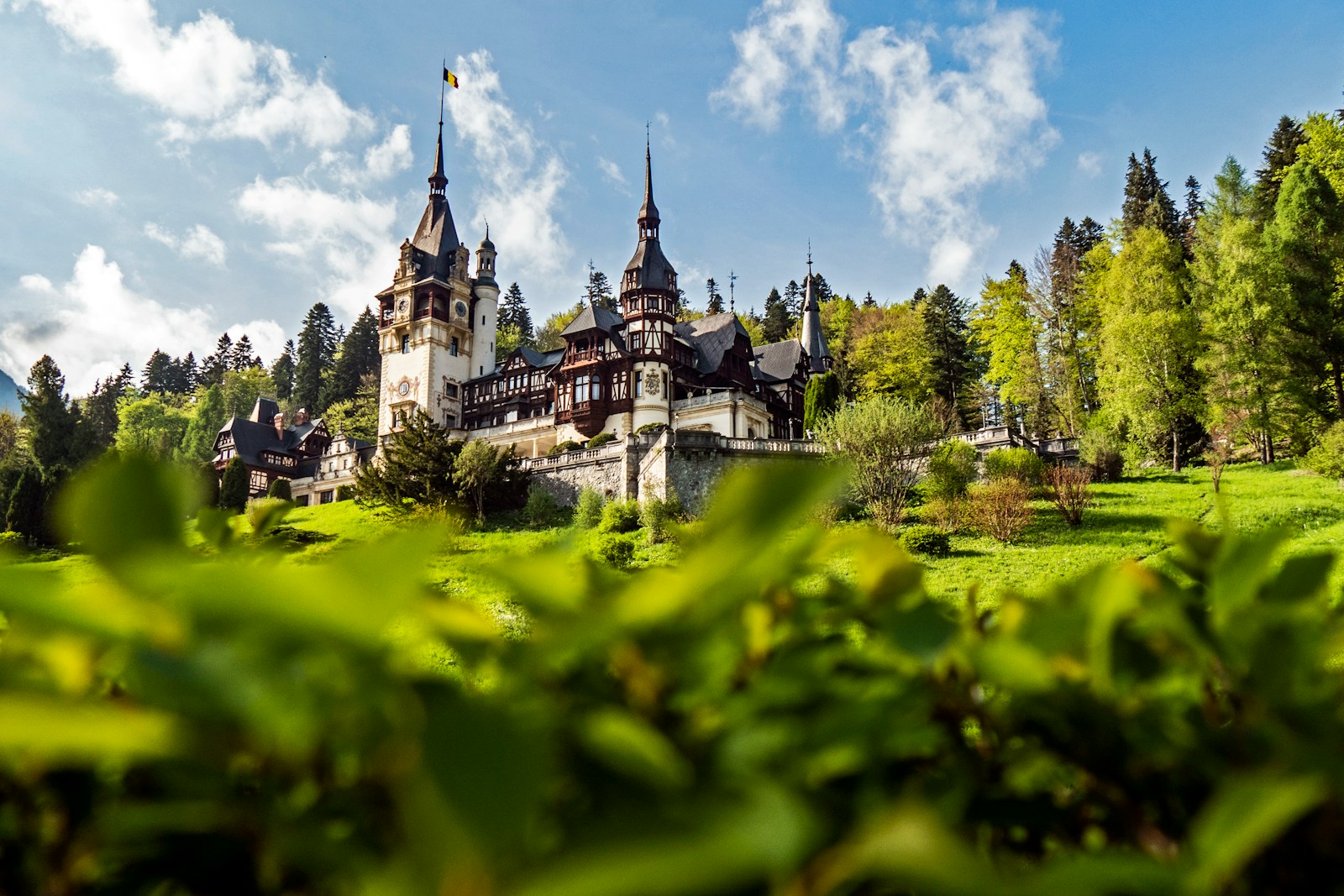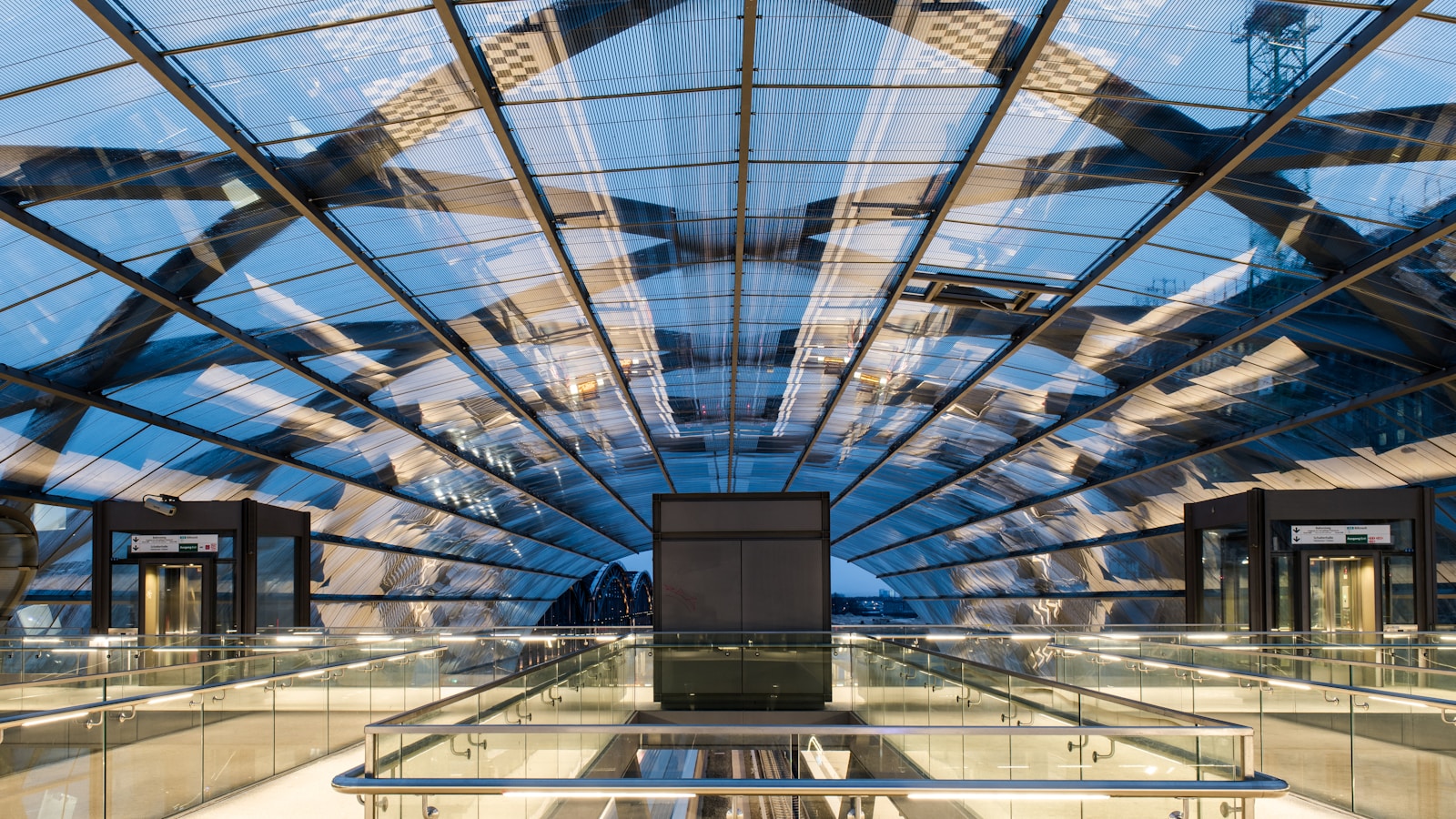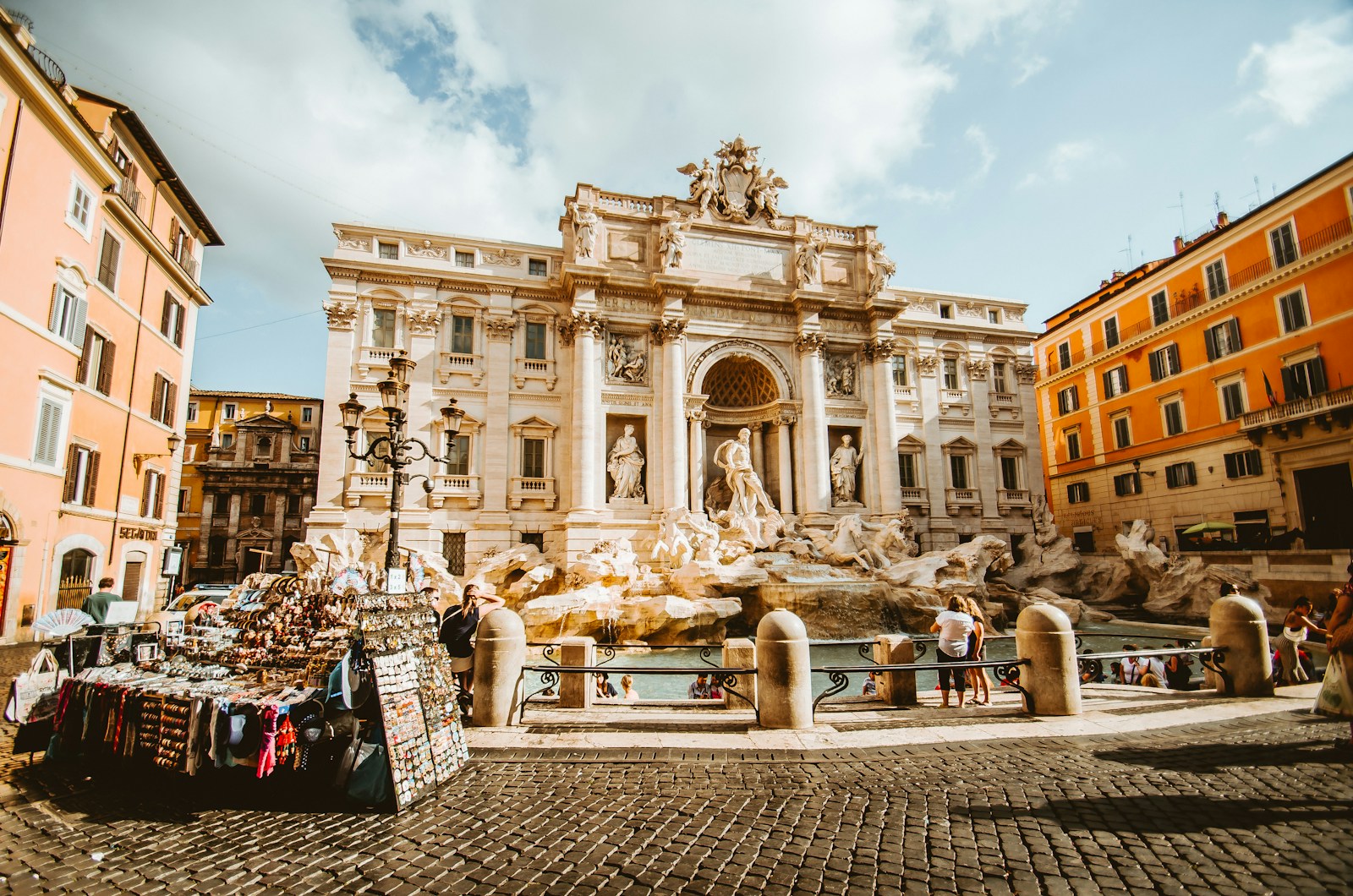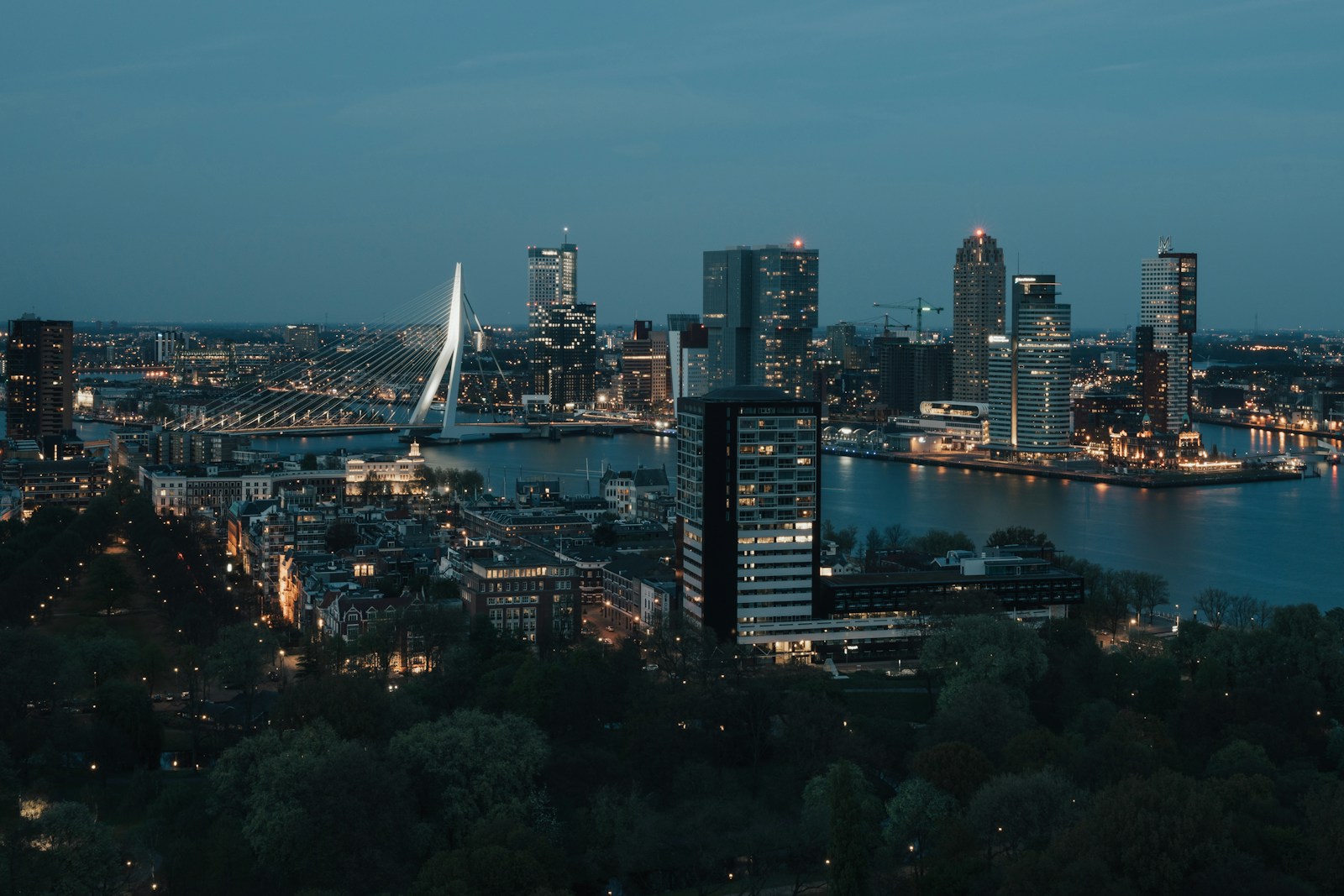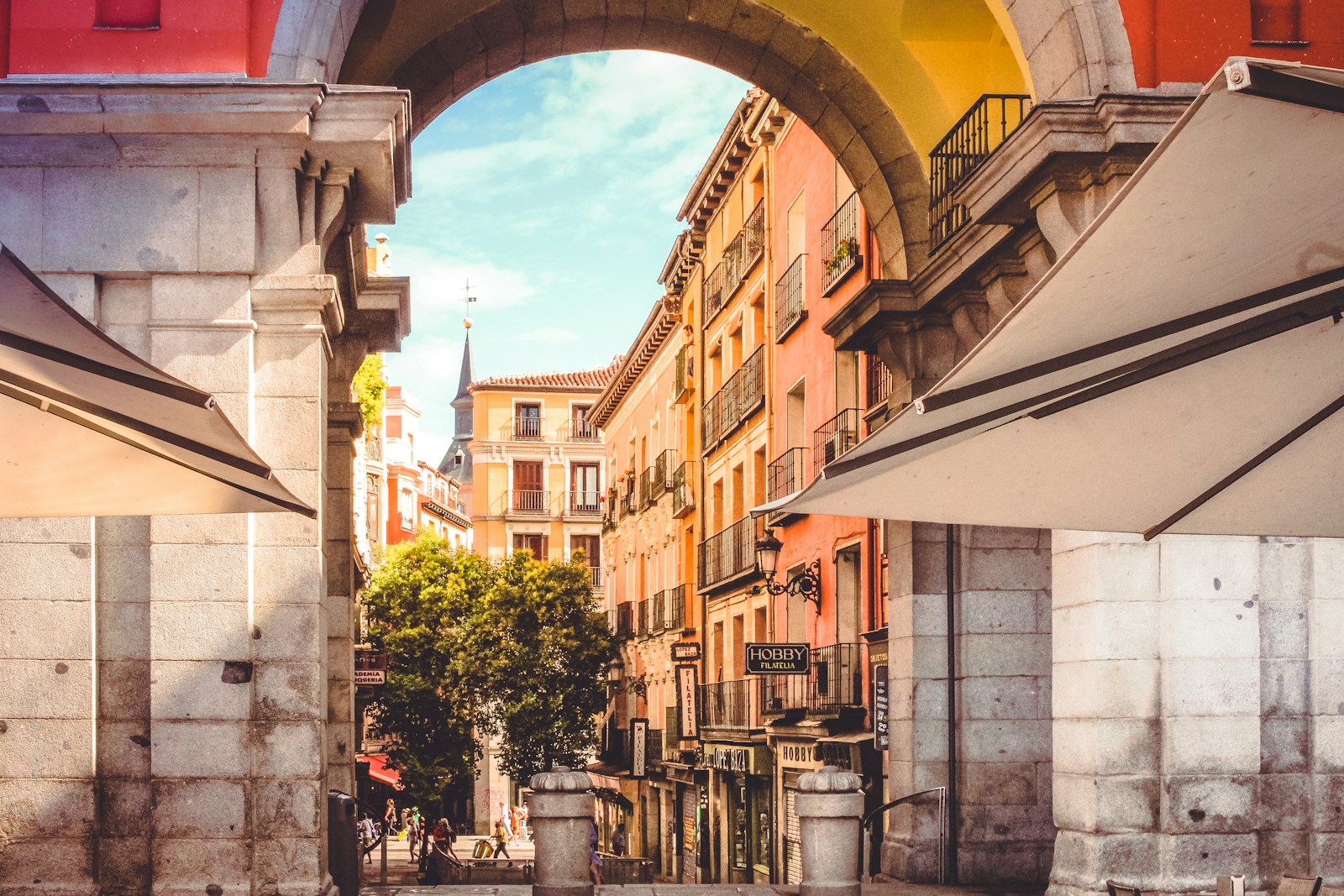Romania is a European country, more specifically located in Eastern Europe and it has a lot of cultural and historical attractions and landmarks. Fully with splendid cities and charming castles, there are so many exciting things to do in this country. Among these relics, there is Bran Castle which is associated with the famous Count Dracula. This is just a sneak preview of the magnetism of Romania. Everybody knows that the main attraction is Transylvania, however, there is far more to see and explore there. This guide reveals 6 places in Romania that you will fall for and make your heart and soul dance.
Let it not only be the magnificant castles or exotic beaches of this country that we explore but tour through different parts of this wonderful country.
Sights to Visit in Romania
The choice of Romania’s tourist attractions included below depends with my knowledge and/or experience. Romania can without doubt boast with its 14 national parks, 17 Natural parks, and approximately 8 sites included into the UNESCO World Heritage List. Indeed, it is entirely possible to exhaust the list of interesting locations to visit.
Bucharest
People usually do not pay much attention to the city of Bucharest, which is falsely considered as the city that does not have much to offer to a tourist; however, anyone who wishes to make a tour of Romania should start from this city. This city is often referred to as the “Little Paris” because it is a marvelous example of the neoclassical architecture interwoven with lots of green areas that make the choice of the modern city’s layout perfect. Despite the numerous losses in the areas of public attractions during the communism period, Bucharest has rather impressively evolved to become a modern city with much to offer.
As you explore it on foot, wandering through the pedestrian area of the historic downtown, one is met with large beautiful structures along with elaborate Orthodox cathedrals as well as stunning alleys crying out to be looked at. The Palace of Parliament is a definite must-see, as it is the biggest administrative complex in the world and an embodiment of Bucharest’s determination. The beautiful edifice of the Romanian Athenaeum introduces concerts and cultural exhibitions that follow the attractiveness of the city. The Satului Museum gives extensive insight into the way of living of Romanians in villages which is quite different from the city environment.
Cismigiu and Herastrau parks are some of the most famous parks in Bucharest and they are very appropriate for a simple walk or a picnic away from the noisy city. The symbol of Romanian unity resembles the Arc de Triomphe in Paris and is deservedly called the triumphal arch. The Orthodox Cathedral as with all other features including the designs is an essential spiritual home and architectural symbol of the country. Bucharest is not only the starting point to Romania but is a city that is full of history, culture and character.
Sighisoara
Sighisoara is a small town located in Transylvania and the town is more like a history book put into play. It is the right place of Dracula’s historical person, Vlad Tepes III or Vlad the Impaler. This medieval town is one on the most well- preserved in Europe and you can feel like you have been transported back in time by the brick roads, painted houses and structures.
When one gets into Sighisoara through the gates and violet ramparts, it really has that fairy tale look. The pride of the town is the Clock Tower, which has view of the surrounding country side if one climbs it. This tower is of 14th century more than just a clock tower it is a history museum that holds the history of the town. The Torture Chamber Museum; the exhibitions of which are situated in the same building, still offer tourists a look at the medieval Dungeons and the methods of punishment that were effectively used in the past.
Museum, artwork or a castel? Vlad Tepes birth place a themed restaurant is a welcome surprise for lovers of morbid curiosity. Here, you can order a dish in an atmosphere of an actual vampire’s lair with stoves, fridges and other equipment featured as the main focus and surrounded by various accessories connected with the Dracula legend. To this day, several 15th-century walls remain that were used in the protection of the town from the antagonists, giving us a feel of the past. For this reason, Sighisoara succeeds in making history and the past come to life and bringing the atmosphere of the medieval ages to the visitors.
Cluj-Napoca
Modern Romania’s cultural centre and the second-largest city: Cluj-Napoca, or the city of the heart of Transylvania. Thanks to the numerous universities, Cluj-Napoca is filled with students’ fast tempo, which essentially means that the city is vibrant around the clock. Every year organizing many cultural festivals, including the huge Untold Festival or the Transylvanian International Film Festival, it offers an exceptional experience to music and movie lovers.
Many landmarks are situated in the city; one of them is the Orthodox Cathedral which has Byzantine style. The building that dominated the city was the Bánffy Palace, the current residence of the National Art Museum where only Romanian works are exhibited in the field of paintings. Aside from this, Dealul Cetatuia Fortress is perfect for picnicking and is visited by the people especially locals and tourists who would want to overlook the city.
Undoubtedly one of the most popular and mysterious sights in Cluj-Napoca is the Hoia Baciu Forest also known as the Romanian Bermuda Triangle. Such urban myths tell that this forest is a place of paranormal activities, and has many secrets. Twisted, gnarled trees give it a rather spooky aura, something that most children and youths that have interest in the supernatural would give their right kidney to visit the place. It does not matter if one gives credence to the folk stories or not but a trip to the forest will make one feel like he or she is in a fantasy land.
Sinaia
Sinaia, the town situated at the feet of Bucegi Mountains, is painted in colours of gorgeous landscapes and steeped in history. Sometimes called the “Pearl of the Carpathians,” Sinaia is always in demand for both recreation with an active program and a quiet vacation. Of course, Peles Castle is by far the most famous attraction of this town, which is a symbol of the Romania’s royal past.
Peles Castle which was constructed by King Charles I as a summer palace is a magnificent building in neo-renaissance style. Its’ over 160 accommodations’ are adorned with art, furniture, and ornament that would be reminiscent of the royal court. For the lovers of art, architecture and history, the castle is a real gem with its wood carving, stained glass windows, exquisite interior and more. Every piece was a brief history of the royal family of Romania which included the large halls as well as the bedrooms.
The Sinaia Monastery, one of the prominent sights, was constructed in the 17th century. This temple belongs to the Romanian Orthodox Church and this church features neo-Byzantine paintings along the walls and on the ceiling thus making it have a very calming aura. As the result, the monastery complex also houses the old and the new churches that are just charming in their own way.
Outdoor lovers tour Sinaia any time of the year. During winter time, one can ski in the snowy Bucegi Mountains while during summer one can go for hiking and get to see the various sceneries. Sinaia encompasses historical tourist attractions, as well as natural attractions which makes it appeal to very many tourists.
Sibiu
Sibiu is one of the Transylvanian cities that still boasts historic architecture and a rich agenda of cultural events. The old part of the city is a maze of the small streets, beautiful houses and large squares all different and all beautiful in their way. It boasts a title of the European Capital of Culture in 2007 which surely proves the historical and cultural importance of Sibiu.
Among other attractions worthy of a visit, there is the Holy Trinity Cathedral, a splendid piece of Baroque architecture. It has a great interior decoration and beautiful frescoes; therefore, visiting it is out of the question. Piata Mare, Piata Mica and Piata Huet are the most important braids of the city where life is vivid with numerous cafes, shops and splendid buildings.
Among the peculiarities of Sibiu, there is “eyes”, which are shift-windows located on a roof upper part of many buildings. Such windows make it look like the houses are watching the passers-by adding to the mysterious outlook of the city. Also very important is the Astra Museum of Traditional Folk Civilization that is situated outside the town. They are located in over 96 hectares and they celebrate traditional Romanian houses and crafts revealing rural Romania in details.
Cultural-historical sights in combination with an interesting layout give Sibiu an enchanting appeal. In the indoor market or when wandering around the middle age streets or watching traditional craftsmen at work Sibiu will not disappoint.
Transfagarasan Highway
Romania is not just packed with urban facilities and great history, the beauty of its natural sceneries is as wonderful and the Transfagarasan Highway is one of the bestmeans to capture these sceneries. This road that covers almost 100 kms covers the Fagaras Mountain and is ranked among the best roads to be driven in the world.
Transfagarasan Highway was constructed during the cold war as a way for the military and the highest point of the highway stands at 2034 meters above sea level. Due to hair pin bends, steep down hills and scenic view of the valley it has become a paradise for those who love to drive fast. It is accessible only in the summer that is between June and October because the area receives a lot of snow during the winter.
Alongs the way you will find several of Romania’s most eye-catching natural sights. A glacial lake of Balea situated at an altitude of 2034m is quite attractive with crystal clear water and mountain scenery. Balea Waterfall also stunningly gushes down from the mountainside, and these two are scenic attractions situated nearby. The highway also has Capra Lake, which may not be as large as Rainbow, but is equally as gorgeous, being a glacial lake.
Thus, for a lot of people Transfagarasan Highway is not just the place for travelling but also the place to go. The authentic Dracula’s residence – Poienari Castle – stands on a cliff, thus giving a glance at the Middle Ages of Romania. There you can do some boating and fishing in the Vidraru Lake which is an artificial lake and a treat to the eyes if you take a boat ride on the lake The Curtea de Arges Monastery is an architectural marvel of Romania and is a must visit spiritual landmark.
The Transfagarasan Highway is one of the most striking drives, which equally encourages the marvel at natural spendor while being gripped by historical lore. It, in fact, is the type of experience where no one is really prepared, and where there is a new outlook on the situation with every turn.
Conclusion
Romania is a country that is endowed with beautiful and diverse scenery employing an interesting combination of natural and history, and thus, holds various discovery and expedition prospects. There is the country which attracts with its big cities, picturesque medieval villages, and amazing nature – this country is unique and it will not leave indifferent anybody. The bustling capital of Romania Bucharest, The city of the lost souls and another city, Cluj-Napoca with its creepy forests, not to mention the Transfagarasan Highway – the road that reaches for the sky will mesmerize your heart and soul.
All of these places provides a view on the cultural and geographical diversity of Romania. Due to this, Bucharest is Europe’s leading combination of the old world and the new, Sighisoara has medieval appeal, Cluj Napoca is cultural, Sinaia is royal, Sibiu is architecturally blessed and Transfagarasan Highway is scenic, all of which are parts of Romania.
Traveling to Romania is to step back in time, to open embrace to traditions, and to be fascinated by the views. This is a journey that offers much more than views, but narratives and memories tourists can take with them after their trip. So come and visit Romania, prepare your luggage and be ready to meet many fascinating experiences.
Romania is a country with plenty of experience offers, traditions, and modernity, as well as a combination between the scenic and the historic. Every place has something to tell, but only the traveler can hear it. It does not matter if the traveler is an adrenaline junkie, history lover or a person who looks for some kind of austere beauty, Romania will certainly have something to offer. Therefore, proceed and let Romania’s beauty speak for it self.
Romania will be found as being a country of contrasts and full with more or less anticipated shocks. It urban centres are vibrant and alive with culture while its rural areas provide for tranquillity and natural beauty. Its history may be deep and very diverse, which narrated with its castles, churches and other ancient constructions. However there is something as warm and hearty as the Romanian people that distinguishes this country. Whether dancing in front of a parade or listening to the sounds of a forest, every sightseeing in Romania is made brighter by the friendliness of people.
Thus, travelling to Romania is much more than just a holiday, it is a tour into the spirit of Eastern Europe. It’s about finding a perfect location that is perfectly representative of yesterday and today, of each and every corner of the city telling a story and about warm hospitality awaiting each guest. Romania is waiting for you with its attractions and it is a promise that you will not regret ever visiting the country. So jump in and swim to the bottom, Romania will never fail to enchant you.
